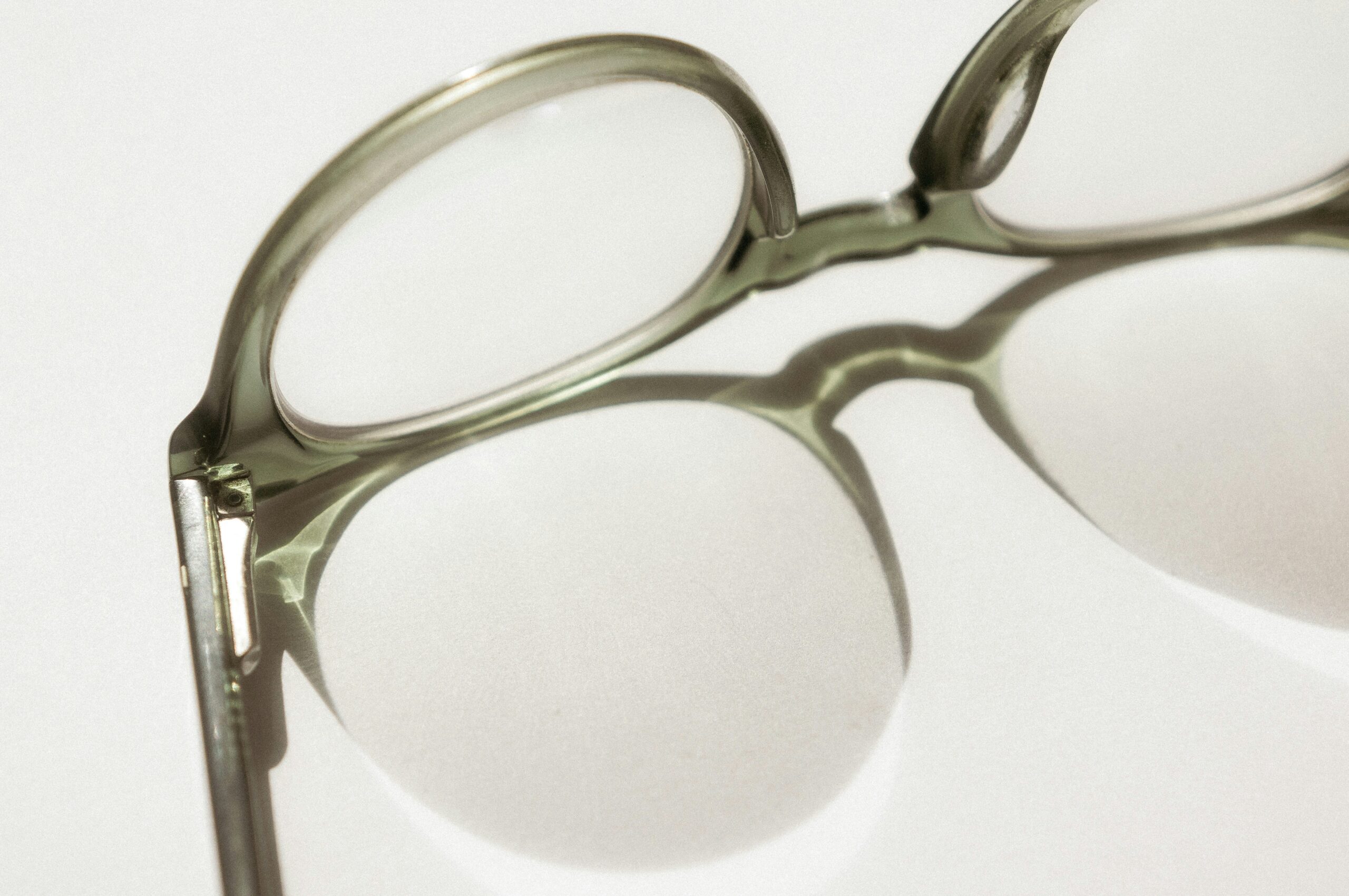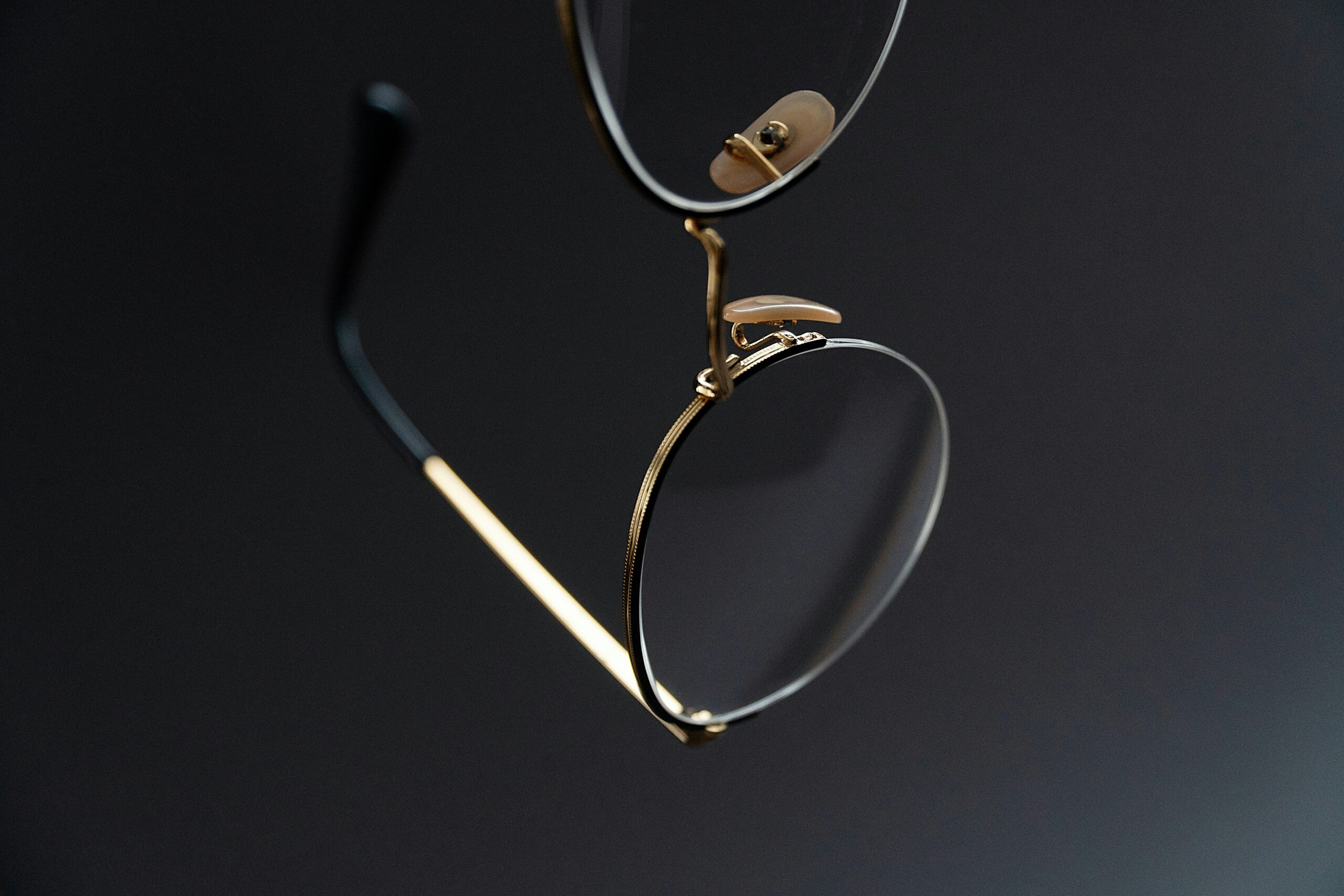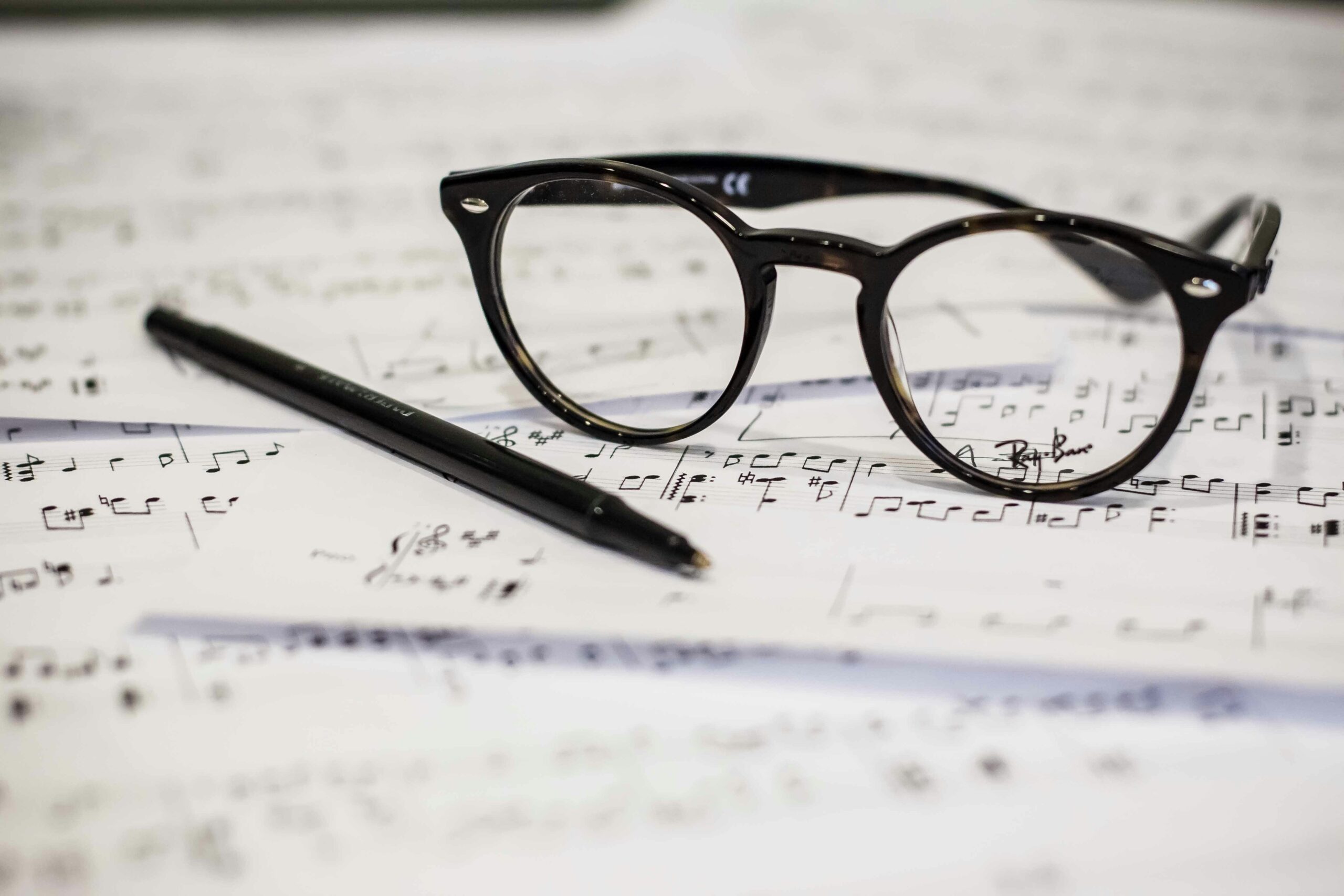Imagine being able to observe distant objects with clarity and precision, even if you wear eyeglasses. The question arises: Can a spotting scope be used with eyeglasses? Well, the answer is a resounding yes! With advancements in technology, spotting scopes have become more versatile than ever. Whether you’re an avid birdwatcher or a nature enthusiast, you can now comfortably enjoy the wonders of the world without sacrificing your visual aids. Let’s delve into this article to explore the compatibility between spotting scopes and eyeglasses, and uncover how you can enhance your viewing experience.

Understanding Spotting Scopes
Definition of spotting scopes
Spotting scopes are a type of telescopic device that are specifically designed for terrestrial viewing. They are often used in activities such as birdwatching, nature observation, and target shooting. Spotting scopes typically have higher magnification levels than binoculars, allowing users to view objects in greater detail from a distance. They are also larger and heavier than binoculars, providing a stable and steady view.
Common uses for spotting scopes
Spotting scopes have a wide range of applications and are commonly used by nature enthusiasts, birdwatchers, hunters, and target shooters. These scopes provide an excellent tool for observing wildlife, identifying birds, and studying nature from a distance. They also come in handy during rifle or archery target practice, as they allow shooters to see their targets more clearly. Additionally, spotting scopes are used in astronomy for observing celestial objects and in surveillance work for long-range observation.
Key features to look for in spotting scopes
When selecting a spotting scope, there are several key features to consider. First and foremost is the magnification power, as this determines how closely you can view an object. The objective lens diameter is also important, as it affects the amount of light that can enter the scope and ultimately impacts image brightness. Additionally, factors such as the quality of the optics, the field of view, and the durability of the scope should be taken into account. Comfort features like eye relief, adjustable eyecups, and the overall weight and size of the scope should also be considered for an enjoyable viewing experience.
Spotting Scopes and Visually Impaired Users
Can spotting scopes be used with eyeglasses?
Yes, spotting scopes can be used with eyeglasses. Many manufacturers design spotting scopes with features that cater to users with impaired vision, including those who wear eyeglasses. These features ensure that users can still achieve optimal focus and clarity while using the spotting scope.
Challenges for glasses wearers using spotting scopes
One of the main challenges for glasses wearers using spotting scopes is the limited eye relief. Eye relief refers to the distance between the eyepiece and your eye at which you can still see the entire field of view. If the eye relief is too short, glasses wearers may struggle to see the entire image without removing their glasses. This can be a hassle, especially when you want to quickly switch between using the spotting scope with and without your glasses.
How manufacturers cater to users with impaired vision
To cater to users with impaired vision, manufacturers incorporate certain features in spotting scopes. These features include longer eye relief, adjustable eyecups, and diopter adjustments. Longer eye relief ensures that glasses wearers can use the spotting scope comfortably without having to remove their glasses. Adjustable eyecups allow users to position their glasses at the optimal distance from the eyepiece. Additionally, diopter adjustments compensate for differences in vision between the user’s eyes, allowing for precise focus.
Eye Relief in Spotting Scopes
Definition of eye relief
Eye relief, as mentioned earlier, refers to the distance between the eyepiece and your eye at which you can still see the entire field of view. It is an important consideration for eyeglasses users, as they need sufficient eye relief to comfortably view through the spotting scope without having to remove their glasses.
How does eye relief affect eyeglasses users
Eye relief directly affects eyeglasses users because it determines the distance at which they can comfortably use the spotting scope while wearing their glasses. If the eye relief is too short, the user may have to remove their glasses to see the entire field of view. This can be inconvenient and may hinder the overall viewing experience.
Optimal eye relief length for users with eyeglasses
For eyeglasses users, an optimal eye relief length is typically around 14-15mm or more. This distance allows users to keep their glasses on while maintaining a full field of view without vignetting or loss of image quality at the edges. It is important to check the eye relief specifications of a spotting scope before purchasing to ensure it meets your requirements as a glasses wearer.
Adjusting Optics for Eyeglasses Wearers
Focus adjustment in spotting scopes
Focus adjustment is a crucial aspect of using a spotting scope, especially for eyeglasses wearers. Most spotting scopes have a focus knob or ring that allows users to adjust the focus and achieve a sharp image. It is important to carefully adjust the focus to compensate for any vision differences between your eyes and to achieve maximum clarity.
Diopter adjustment and its role
Diopter adjustment is another important feature for eyeglasses wearers. This adjustment compensates for differences in vision between the user’s eyes. By adjusting the diopter, you can fine-tune the focus to match your specific needs and achieve optimal clarity. It is particularly helpful for glasses wearers who may have different visual prescriptions for each eye.
Interplay between eye relief and focus adjustments
The interplay between eye relief and focus adjustments is essential for eyeglasses wearers to achieve a comfortable and clear view. Adjusting the focus ensures a sharp image, while eye relief allows you to maintain a comfortable viewing distance with your glasses on. By finding the right balance, you can optimize the viewing experience and avoid any discomfort or inconvenience.

Rubber Eyecup in Spotting Scopes
Role of rubber eyecups
Rubber eyecups serve multiple purposes in spotting scopes, particularly for eyeglasses wearers. They help to block out stray light, improving image contrast and reducing glare. They also provide a comfortable cushioning and grip around the eyepiece, ensuring stability and preventing accidental scratching of your glasses. Rubber eyecups also help to maintain a proper distance between your eyes and the eyepiece, optimizing eye relief.
Retractable versus fixed eyecups
Spotting scopes come with either retractable or fixed eyecups. Retractable eyecups can be folded down or extended to accommodate users with or without glasses. This versatility allows users to adjust the eye relief to their preference. On the other hand, fixed eyecups are designed for users who do not wear glasses and require a consistent eye relief. While both types of eyecups have their advantages, retractable eyecups provide more flexibility for glasses wearers.
Comfort factor of eyecups for eyeglasses users
For eyeglasses users, the comfort factor of eyecups is incredibly important. The cushioning and grip provided by rubber eyecups ensure a comfortable fit around the eyepiece, allowing you to enjoy extended periods of observation without discomfort. Additionally, the proper design and material of the eyecups prevent any scratching or damage to your glasses, providing peace of mind while using the spotting scope.
Selecting Spotting Scope for Eyeglasses Users
Features to look for as a glasses wearer
When selecting a spotting scope as a glasses wearer, there are certain features to prioritize. As mentioned before, adequate eye relief is crucial. Look for spotting scopes with an eye relief of at least 14-15mm or more to ensure a comfortable viewing experience. Adjustable eyecups and diopter adjustments are equally important to optimize the focus and clarity while wearing glasses.
Benefit of angled versus straight spotting scopes
Glasses wearers have the choice between angled and straight spotting scopes. Angled spotting scopes provide a more comfortable viewing experience, as they allow users to look downward at an angle without strain. This is particularly advantageous when observing objects at different elevations for extended periods. On the other hand, straight spotting scopes are more ergonomic for users who prefer a traditional straight-line viewing position.
Recommendations for the best spotting scopes for eyeglasses users
Several spotting scope models are highly recommended for eyeglasses users. The Vortex Optics Diamondback spotting scope series offers generous eye relief, adjustable eyecups, and high-quality optics. The Celestron Regal M2 series is also praised for its long eye relief and precision focus adjustments. The Nikon Prostaff 5 and Swarovski ATS/STS spotting scopes are other popular options known for their user-friendly features and optics suited for eyeglass wearers. Ultimately, it is essential to try different models and consider personal preferences and budget in the decision-making process.

Accessorizing Spotting Scope for Glasses Wearers
Useful accessories to improve user experience
Various accessories can enhance the user experience for glasses wearers using spotting scopes. One of the most important accessories is an eyepiece extender or eyepiece adapter. These accessories provide additional eye relief and allow glasses wearers to maintain a comfortable distance from the eyepiece. Additionally, a lens pen or microfiber cloth is essential for keeping the lenses clean and free from smudges that may interfere with visibility.
Adjustable tripod for a comfortable viewing position
Using a spotting scope for extended periods can be tiring, especially if you have to strain your neck to maintain a comfortable viewing position. An adjustable tripod allows you to customize the height and angle of the spotting scope, ensuring a relaxed viewing experience. Look for tripods with smooth panning and tilting capabilities for easy adjustments while observing.
Carrying case considerations for eyeglasses users
A suitable carrying case is crucial for protecting your spotting scope and accessories while on the go. For eyeglasses users, it is important to choose a case that has sufficient space to accommodate the spotting scope with any attached accessories, such as an eyepiece extender. Additionally, opt for a case with extra padding to protect your glasses from any accidental bumps or knocks during transportation.
Proper Usage of Spotting Scope with Eyeglasses
Steps for setting up a spotting scope with eyeglasses
When setting up a spotting scope with eyeglasses, follow these steps for optimal usage:
- Attach the spotting scope to a stable and level surface, such as a tripod.
- Adjust the tripod height and angle to achieve a comfortable viewing position.
- Adjust the eyecups to the desired position, extending them if wearing glasses.
- Use the focus knob or ring to achieve a sharp image.
- Fine-tune the diopter adjustment if necessary to accommodate any vision differences between your eyes.
- Ensure that you have the correct eye relief and that you can comfortably see the entire field of view with your glasses on.
Tips for keeping lenses clean
To keep the lenses of your spotting scope clean, follow these tips:
- Use a lens pen or a microfiber cloth to gently remove any dust or smudges from the lenses.
- Avoid using harsh cleaning solutions or abrasive materials that could scratch or damage the lenses.
- Store the spotting scope in a dust-free environment when not in use to minimize the need for regular cleaning.
- Use lens caps or covers to protect the lenses from dust, debris, and accidental scratches while in transit or storage.
Usage do’s and don’ts for glasses wearers
Here are some important do’s and don’ts for glasses wearers using spotting scopes:
Do:
- Ensure that the spotting scope has sufficient eye relief to comfortably accommodate your glasses.
- Adjust the eyecups and focus to achieve a clear and comfortable view.
- Use an eyepiece extender or adapter if additional eye relief is required.
- Handle the spotting scope and your glasses with care to avoid any scratches or damage.
Don’t:
- Force your glasses against the eyepiece if it feels uncomfortable or causes distortion.
- Neglect cleaning the lenses regularly, as smudges can impact image clarity and quality.
- Forget to protect your glasses and the spotting scope lenses with caps or covers when not in use.
- Rush the setup process, as taking time to properly adjust the focus and eyecups will result in a more enjoyable viewing experience.
Maintaining a Spotting Scope as a Glasses Wearer
Cleaning and care instructions
Proper cleaning and care of your spotting scope are crucial to maintain its performance and longevity. Follow these cleaning and care instructions:
- Use a lens pen or microfiber cloth to remove dust and smudges from the lenses.
- If necessary, moisten the cloth with lens cleaning solution or opt for a lens-specific cleaning wipe.
- Gently wipe the lenses in a circular motion, starting from the center and moving outward.
- Avoid using excessive force or scrubbing the lenses, as this can cause damage.
- Regularly clean and dry the eyecups and any other rubber components to prevent dirt buildup.
- When not in use, store the spotting scope in a protective case or cover to shield it from dust, moisture, and potential damage.
Storing spotting scope properly
Proper storage is essential to protect your spotting scope and ensure its longevity. Here are some guidelines for storing your spotting scope:
- Clean the lenses and body of the spotting scope before storing it.
- Detach any accessories or attachments and store them separately.
- If possible, store the spotting scope in a temperature-controlled environment to minimize any potential damage from extreme temperatures.
- Use a protective case or cover to shield the spotting scope from dust, moisture, and accidental bumps or knocks.
- Avoid storing the spotting scope in areas prone to excessive dust, humidity, or direct sunlight.
- Check the stored spotting scope periodically to ensure it remains clean and in good condition.
Handling and safety tips
When handling a spotting scope as a glasses wearer, keep these safety tips in mind:
- Always hold the spotting scope by gripping the main body or supporting structure, avoiding any excessive force or pressure on the lenses.
- When attaching or detaching accessories, be cautious not to scratch or damage the lenses with any sharp edges or improper handling.
- When setting up the spotting scope on a tripod, make sure it is securely attached to prevent any accidental falls or damage.
- Avoid touching the lenses directly with your fingers, as the oils and residues on your skin can leave smudges or damage the lens coatings.
- Never look directly at the sun through a spotting scope, as it can cause serious eye damage. Always use appropriate solar filters or avoid pointing the spotting scope towards the sun.
Takeaways for Using Spotting Scope with Eyeglasses
Importance of accommodating users with vision impairment
The ability to use spotting scopes with eyeglasses is crucial for accommodating users with vision impairment. Spotting scopes that provide adequate eye relief, adjustable eyecups, and diopter adjustments ensure that individuals can fully enjoy the benefits of using spotting scopes without sacrificing comfort or visual clarity.
Increased accessibility with suitable spotting scope features
Manufacturers have recognized the need to cater to users with impaired vision, including eyeglasses wearers. By incorporating features such as longer eye relief, adjustable eyecups, and diopter adjustments, spotting scopes have become more accessible and user-friendly for individuals with vision impairment. These features provide a more inclusive experience, allowing glasses wearers to fully enjoy the wonders of nature or engage in their favorite hobbies.
Ensuring a rewarding viewing experience with eyeglasses
When selecting and using a spotting scope as a glasses wearer, it is crucial to consider your specific needs and preferences. Look for spotting scopes that offer sufficient eye relief, adjustable eyecups, and diopter adjustments. Additionally, take steps to properly clean and maintain your spotting scope to ensure optimal performance. By following these guidelines and investing in a spotting scope that suits your requirements, you can enjoy a rewarding viewing experience with your eyeglasses on, providing a clear and detailed glimpse into the world around you.
